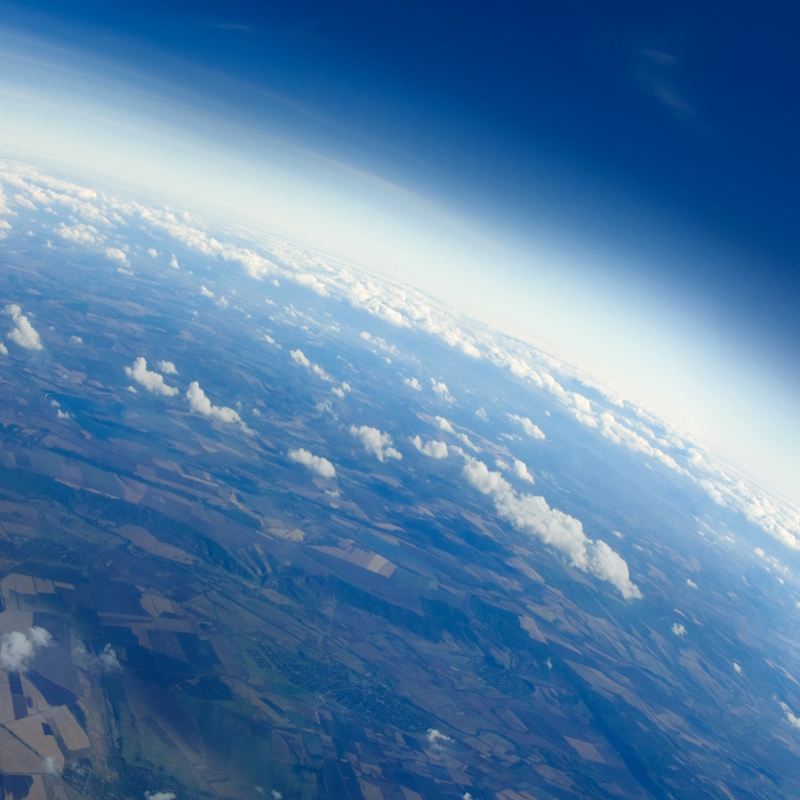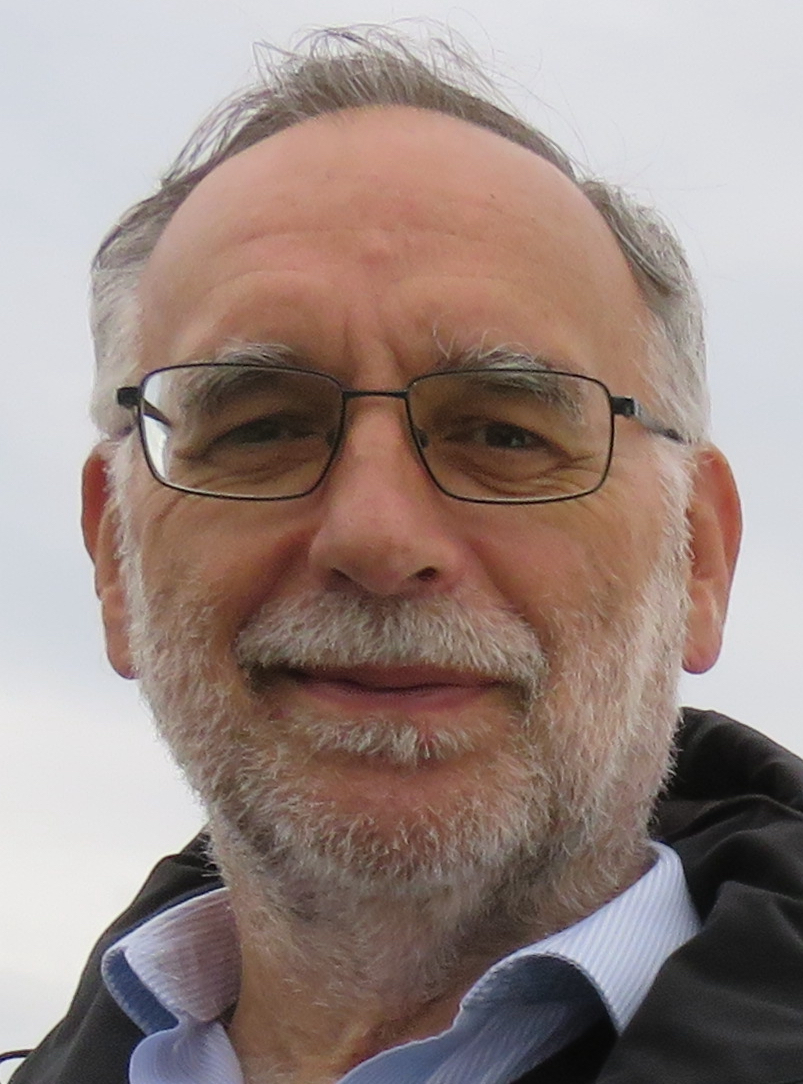When I tell people that I went to COP23 they usually reply with a polite but slightly confused smile.

Here I try to shed (some) light on the COP mystery with a particular focus on COP23 and the objective of the Royal Society’s attendance.
In brief, climate change COPs are yearly conferences held under the United Nations Framework Convention on Climate Change (UNFCCC). They serve as the formal meeting of the nations, referred to as Parties, who have signed up to the UNFCCC to assess progress in dealing with global climate change. The COP process isn’t exactly known for being transparent or easy to understand. Even for people who attend these conferences regularly, it can be challenging to get an overview of what’s happening and what the outcome is as different agendas are running in parallel for many years in succession.
To understand the main purpose of this year’s conference COP23 (the 23rd UNFCCC COP), we don’t have to go all the way back to COP1 held in Berlin in 1995. It’s enough to have a brief look at the outcome of COP21, the so-called Paris Agreement.
The Paris Agreement brings – for the first time – all nations into a common cause to undertake ambitious efforts to combat climate change and adapt to its effects. A key target of the Paris Agreement is to limit global temperature rise this century to less than 2 degrees above pre-industrial levels, and preferably to 1.5 degrees, recognising that this would significantly reduce the risks and impacts of climate change.
To reach these ambitious targets, it is necessary to develop a set of rules that helps countries with their implementation of the Paris Agreement. At COP23, nations focused on drafting these implementation guidelines with the aim to finalise them at COP24 in Poland, set to be held in December 2018. Key issues on the agenda included: how countries’ performances will be measured against their commitments; how countries will report their measures to prepare for the impacts of climate change; and the instigation of a 5-year review cycle aimed at helping nations make progressively more ambitious efforts to tackle climate change.
In addition to the formal negotiations, countries and civil society come together in another area (at COP23 separated by a 20 minute walk). Picture this area like a very big exhibition hall with information stalls, numerous marquees (pavilions for insiders) with offices and rooms to hold lectures and panel discussions on climate-related topics, and of course places to eat and grab a coffee to stay focused during some very long days. Here delegates (including government officials, NGO and international organisation representatives and scientists) met to discuss the role of all participants in tackling climate change and build consensus around future action.
The Royal Society attended COP23 as part of the communication of our new report Climate Updates. Our aim, and the focus of that report, was to help inform delegates about how the science of climate change, and its impacts, have progressed over recent years. Large-scale intergovernmental reviews of climate change are undertaken by the Intergovernmental Panel on Climate Change (IPCC) every 8 or so years, but it’s important that sciences role isn’t only considered every 8 years and that decisions are being made with the most up-to-date information.
The focus of this communication was a “side event” we ran on the UK Pavilion. At this event, some of the world’s leading scientists: Eric Wolff, Joanna Haigh, Andy Haines and Nigel Arnell presented key findings of the report: how high sea level could rise in the future; how climate change might affect extreme weather; and what impact climate change will have on food production and human health? Interest in the event was so high that we couldn’t fit all attendees into the room and many followed the discussion on screens outside. If you would like to learn more about the topics that were discussed, have a look at our report Climate updates.
Next year’s COP will build on the outcomes of COP23 and we are already planning our return visit. Nations plan to come to terms on how the Paris Agreement is implemented and will be discussing how well they are performing against their commitments (and what activities they are undertaking to reach that end). Their aim is to assess whether those efforts are enough to reach targets set by the Paris Agreement or if more needs to be done. The Royal Society will once again attend communicating the science of climate change and outline the findings of our ongoing projects on low carbon energy and negative emission technologies.




